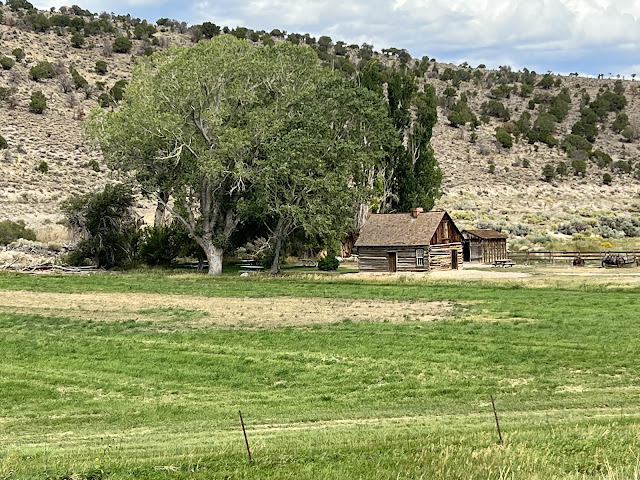Last Days in Utah
Moab is known mostly for its proximity in Southeastern Utah to two National Parks, Arches and Canyonlands. We ventured out and hiked in both parks to explore the beauty and uniqueness of each.
Arches National Park has the densest concentration of natural stone arches in the world. There are over 2,000 documented arches in the park, ranging from sliver-thin cracks to spans greater than 300 feet. This area was once a massive desert, full of shifting dunes of fine-grained sand called the Estrada Formation. This sand formed a hard rock that is very porous, unlike the Carmel Formation that is made of sand and clay, which is softer and resists water. Both exist in the park.
Rainwater soaks into the porous Estrada Sandstone easily, but gets trapped by the Carmel. It can slowly dissolve the calcite bonding the sand together, “rotting” rock from the inside out. In winter, water trapped in cracks expands when it freezes, then contracts, prying the rock apart. As erosion happens, a variety of shapes appear. Rock walls erode into fins, and then holes form. “Windows” are arches that are large, are located on a high wall or fin, or frame a particularly scenic view below. Towering spires, pinnacles and balanced rocks - seemingly inadequate bases - vie with the arches as scenic spectacles.
Canyonlands National Park has three distinct areas. Island in the Sky is the most northern area, southwest is The Maze, and southeast is The Needles. Many of the second and third areas are not paved, therefore they are suitable only for access using high ground clearance, 4-wheel drive vehicles with high/low gear boxes and huge tires (think Jeeps, preferably equipped with winches and cables for when they get stuck). ATVs and UTVs are prohibited from the park. We entered thru the Island in the Sky entrance and drove the entire paved road, stopping for a couple of hikes and plenty of pictures.
Canyonlands preserves a wilderness of rock at the heart of the Colorado Plateau. Water and gravity cut flat layers of sedimentary rock into hundreds of canyons, mesas, buttes, fins, arches and spires. In the center are two canyons carved by the Green and Colorado Rivers. Few people knew these remote canyons and rivers well when the national park was established in 1964, other than Native Americans, cowboys, river explorers and uranium prospectors. Few others had dared to enter this rugged corner of southeastern Utah.
Next -traveling on east to Colorado.


























Comments
Post a Comment